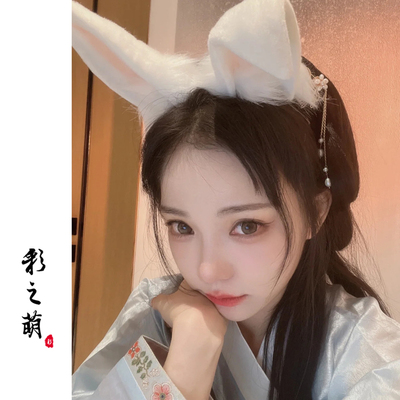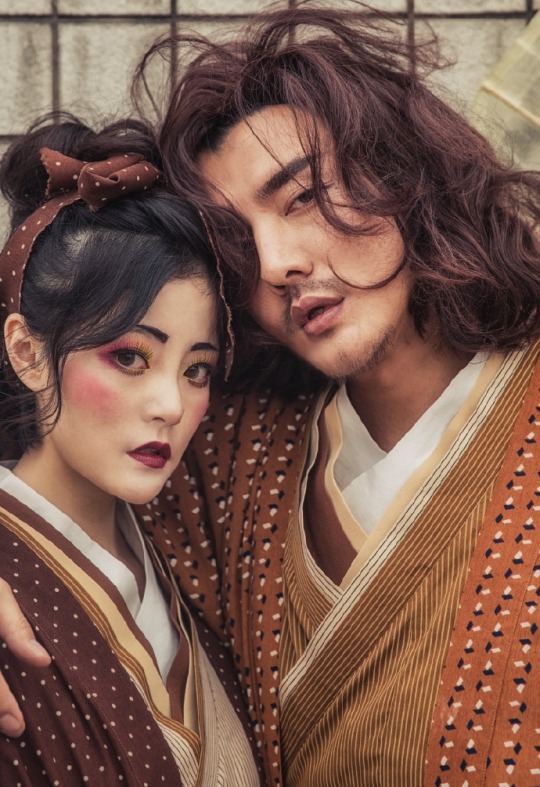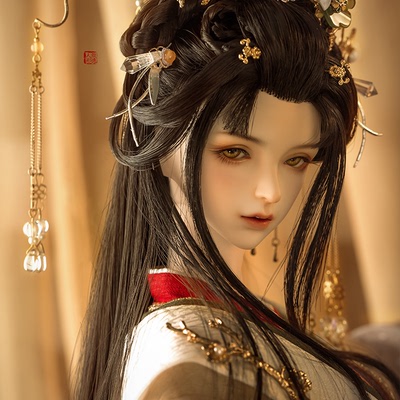Introduction to Traditional Chinese Fashion
Welcome to our comprehensive guide on traditional Chinese fashion. This article will delve into the rich history, cultural significance, and the evolution of Chinese attire over the centuries. From the imperial dynasties to the modern era, Chinese fashion has always been a reflection of the country’s deep cultural heritage and artistic expression.

Traditional Chinese fashion is characterized by its unique silhouettes, intricate embroidery, and the use of vibrant colors and patterns. It is not merely clothing but a form of art that has been passed down through generations. In this article, we will explore various aspects of traditional Chinese attire, including the Hanfu, Qipao, and Cheongsam, among others.
The Hanfu: Ancient Elegance
The Hanfu is arguably the most iconic traditional Chinese garment, dating back to the Han Dynasty. It is a symbol of Chinese culture and tradition, with its distinctive cross-collar and flowing sleeves. The Hanfu is more than just a fashion statement; it embodies the grace and dignity of ancient Chinese civilization.

Made from luxurious silks and fine textiles, the Hanfu is often adorned with elaborate embroidery and patterns that signify social status and personal taste. The garment is typically worn with a sash or belt, which not only serves a practical purpose but also adds to the overall aesthetic appeal.
Qipao: The Allure of the East
The Qipao, also known as the Cheongsam, is a body-hugging dress that originated in the 1920s and has since become a symbol of elegance and femininity. It is a fusion of traditional Chinese and Western styles, showcasing the perfect blend of cultural influences.

With its high collar, elegant slit, and intricate button fastenings, the Qipao is a testament to the craftsmanship and attention to detail inherent in Chinese fashion. The dress is often made from silk and features beautiful patterns that reflect the wearer’s personality and style.
Modern Interpretations of Traditional Fashion
As we move into the modern era, traditional Chinese fashion has been reinterpreted and adapted to suit contemporary tastes while still honoring its roots. Designers are infusing new life into ancient styles, creating a fusion of heritage and innovation.

From fashion shows to streetwear, traditional Chinese elements are being integrated into modern designs, making them accessible to a global audience. This revival not only preserves the cultural legacy but also ensures that traditional Chinese fashion continues to evolve and remain relevant.
Accessories: The Final Touches
Completing the traditional Chinese attire are the accessories that add the final touches to the overall look. From intricate hairpins to delicate jade pendants, every detail contributes to the grandeur and elegance of the ensemble.

Accessories play a crucial role in enhancing the beauty of traditional Chinese garments. They are not just decorative but also carry symbolic meanings and are often passed down through generations as family heirlooms.






